Atlantic White Cedar
Chamaecyparis thyoides
Atlantic white cedar (AWC) is a conifer, one of a group of false cypresses. This is a long-lasting, large (to 75 ft tall)
tree with nodding branches, aromatic, resinous foliage formed by flat, tiny, scale-like leaves, and miniature (less than 1
cm in diameter) round and sturdy cones ripening to blue and brown color. A tree of the coastal plain whose geographic range
includes most of the Atlantic Coast, AWC occurs across all of Massachusetts, except for the extreme west. In Massachusetts
it approaches its northern limit, becoming rare north of Boston. Forests and groves of Atlantic white cedar are found only
in wetlands—swamps and bogs. Not many plants are capable of tolerating the challenging conditions in these habitats: lack
of oxygen and nutrients in water and high acidity. Red maple or tupelo may sometimes co-habit, but most of the time AWC forms
single-species groves. The trees stand very densely, each on its own tussock, its roots submersed in water most of the year.
Sphagnum mosses, the important habitat-forming plants of bogs and swamps and the major component of peat, are among those
few plants capable of existing in the dense shade under the AWC canopy. Sphagnum mosses possess unique bactericidal properties,
so that there is literally no microbial life in the swamp or bog water. The lasting purity of peat-tinctured spring water
was much appreciated by sailors in the olden times. Bored cedar logs were used for water supply systems in early American
cities. These white cedar pipes were believed to deliver the purest and healthiest water.
Any swamp tree has to be resistant to water-induced decay, but AWC is unsurpassed in this respect. Its soft, light wood has
been favored for products that must last without the protection of paint: barrels, electric poles, fence posts, barn floors,
etc. Light-weight AWC shingles make the longest-lasting finish for house roofs. Shingles made from ancient cedar logs excavated
from swamp bottoms have been known to last for 60-70 years! Due to all these valuable qualities, the majority of AWC populations
have been mercilessly decimated. In New England most of their habitat was destroyed—first due to iron bog mining, then peat
excavation, and finally the development of cranberry plantations. The remaining natural stands are often in decline, the trees
rarely grow to their full potential, as AWC is extremely sensitive to changes in hydrological regime that result from road
construction, irrigation, and other human activities in areas surrounding the groves. 7000 AWC grown from seed of local provenance
were planted as part of restoration effort at Tidmarsh.
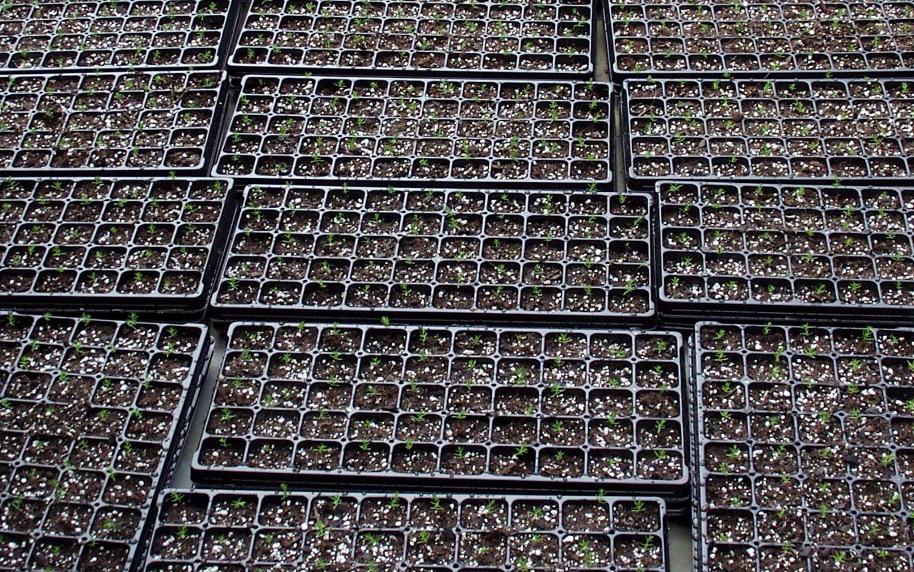
Tidmarsh Sanctuary, Plymouth, May 18, 2014
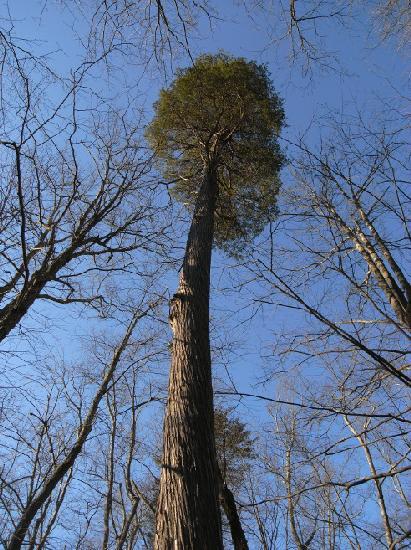
Blue Hills Reservation, Randolph, November 29
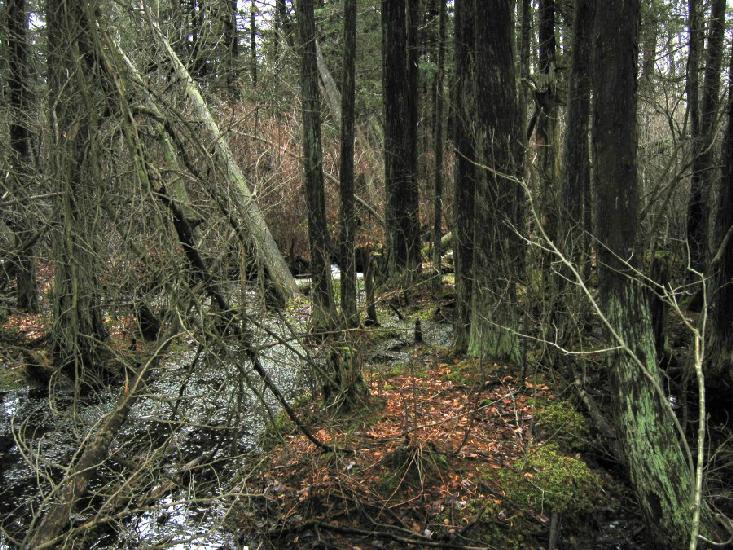
Ponkapoag Swamp, Blue Hills Reservation, Canton, January 20
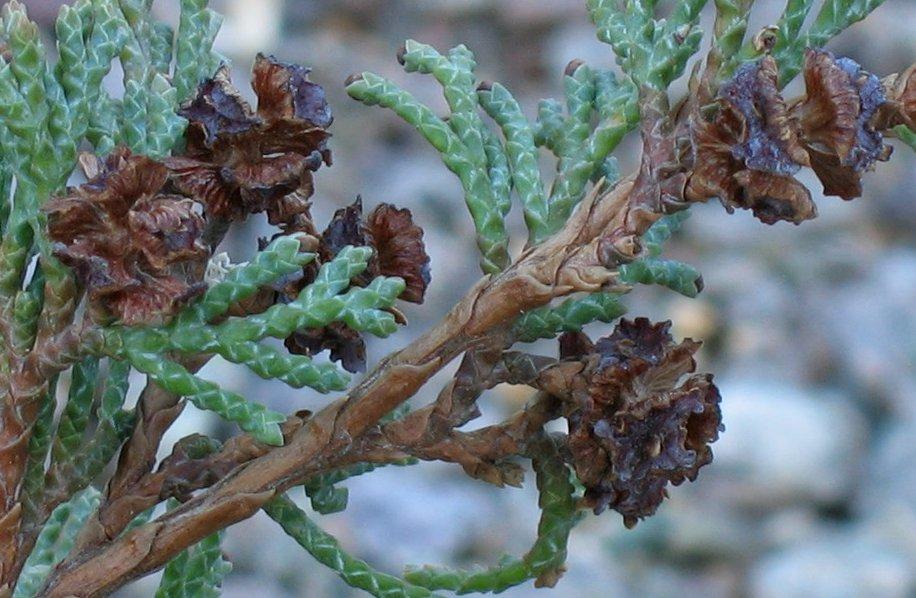
A branch with cones. Ponkapoag Bog, Blue Hills Reservation, Canton, February 4
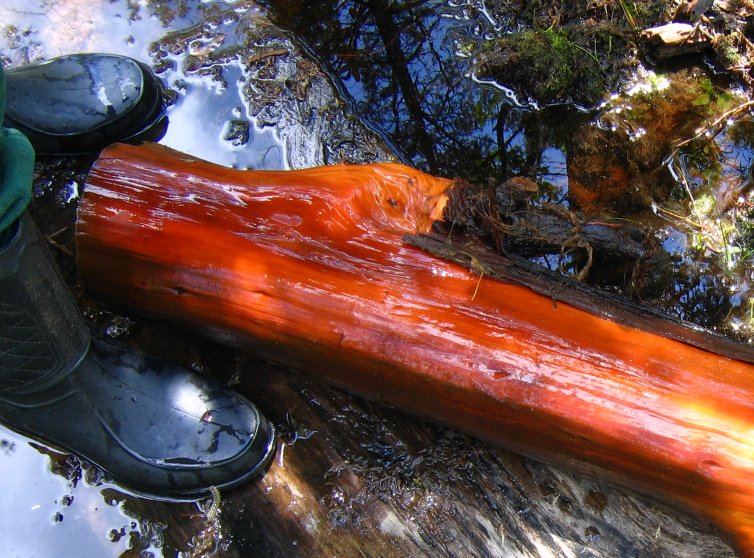
An AWC log fished out of water. Ponkapoag Bog, Blue Hills Reservation, Canton
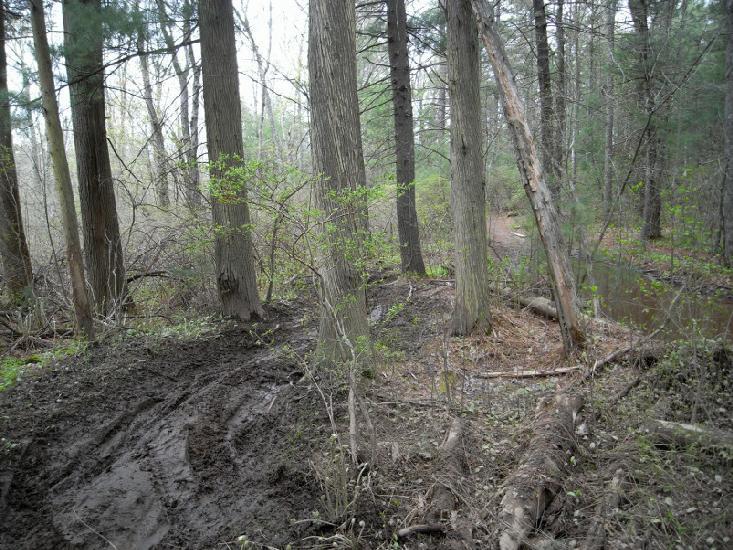
ORV damage in AWC grove. Black Brook, Easton, May 10
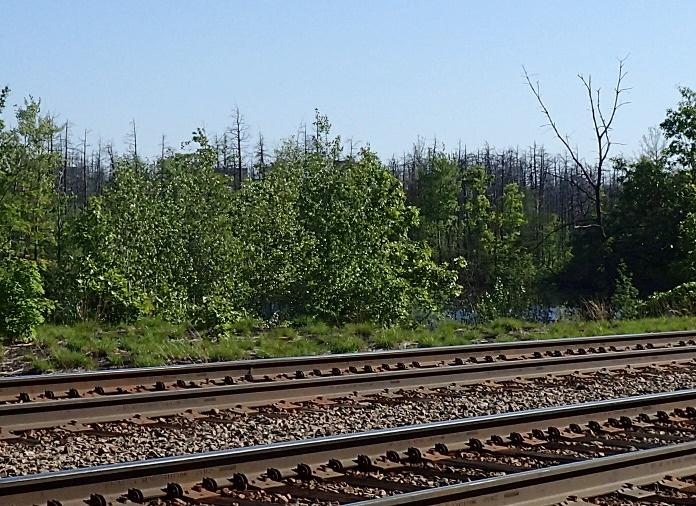
AWC grove standing dead. View from a railroad, Dedham
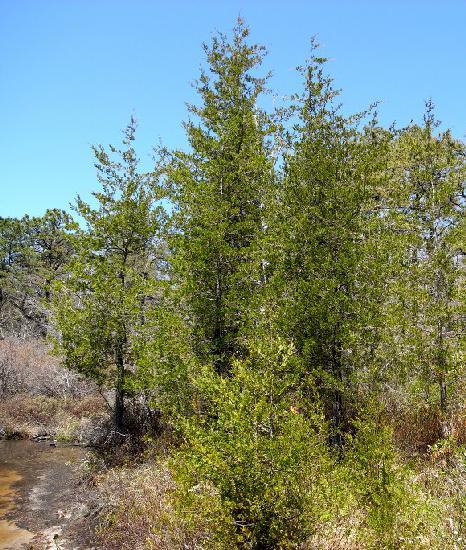
A small young grove, East Head Reservoir, Myles Standish SF, Plymouth, May 11